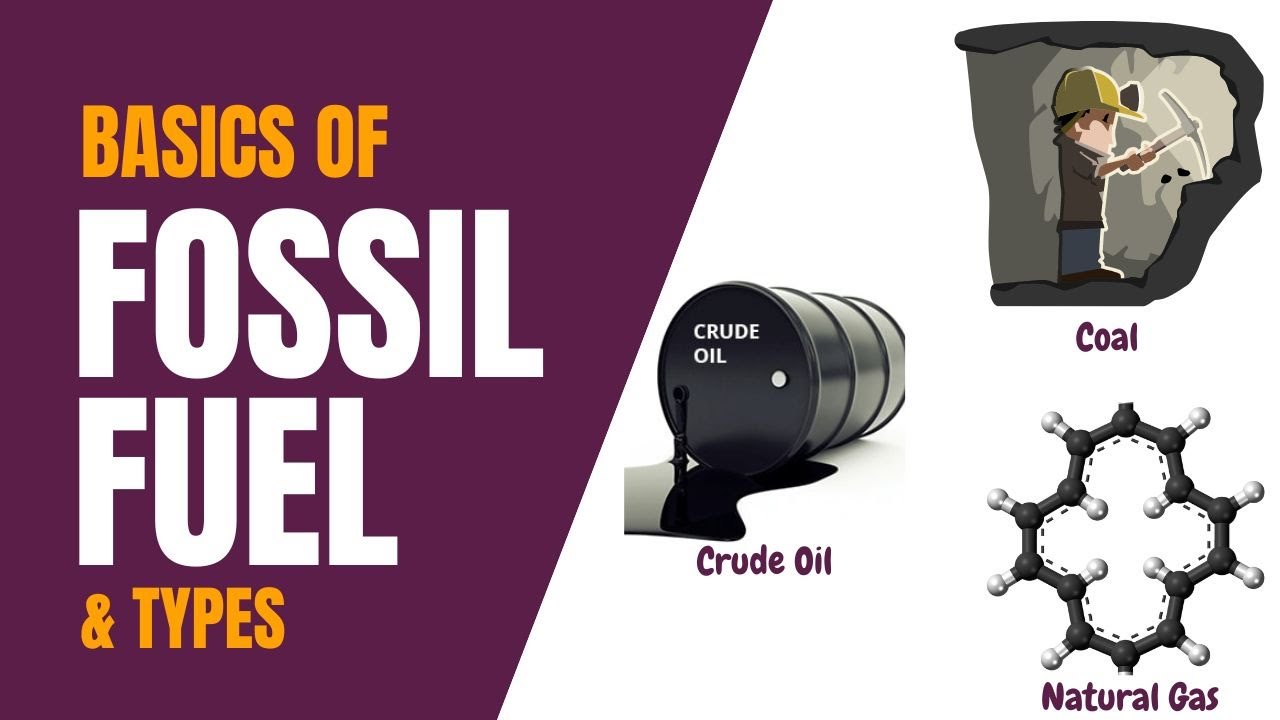Electricity Production – Burning Fossil Fuels
Summary
TLDRFossil fuels like coal, natural gas, and petroleum are commonly used to generate electricity. In this process, the fuels are burned to create heat, which is used to turn water into steam. The steam spins turbines that drive a generator, converting kinetic energy into electrical energy. This electricity is distributed through power lines to homes and cities. However, burning these fuels releases harmful gases into the atmosphere, contributing to air pollution and other environmental issues.
Takeaways
- 😀 Fossil fuels such as coal, natural gas, and petroleum are commonly used to produce electricity.
- 😀 The process of generating electricity involves burning fossil fuels to transform chemical energy into heat energy.
- 😀 Heat energy is used to heat water, turning it into steam that spins turbines to generate power.
- 😀 Turbines are connected to generators, which convert kinetic energy into electrical energy.
- 😀 Electricity produced in power stations is sent through power lines to homes, buildings, and cities.
- 😀 The electrical grid is responsible for distributing electricity to various locations.
- 😀 Burning fossil fuels releases harmful gases into the atmosphere, contributing to air pollution.
- 😀 The burning of fossil fuels has other environmental impacts beyond air pollution.
- 😀 The process of generating electricity from fossil fuels is energy-intensive and has significant environmental consequences.
- 😀 The video encourages viewers to stay informed about the environmental effects of fossil fuel use and suggests subscribing for more information.
Q & A
What are fossil fuels commonly used for in energy production?
-Fossil fuels such as coal, natural gas, and petroleum are commonly used to produce electricity.
How is chemical energy from fossil fuels transformed during electricity production?
-The chemical energy in fossil fuels is transformed into heat energy when the fuels are burned.
What happens to the heat energy produced from burning fossil fuels?
-The heat energy is used to heat water, which then converts to steam.
What role do turbines play in electricity generation?
-The steam generated spins turbines, which in turn rotate a generator to produce electricity.
How does a generator work in converting energy?
-As the generator turns, it converts kinetic energy into electrical energy.
Where is the electricity produced by power stations sent?
-The electricity produced is sent along power lines that connect homes, buildings, and cities through an electrical grid.
What environmental impact results from burning fossil fuels?
-Burning fossil fuels releases harmful gases into the Earth's atmosphere, leading to air pollution and other environmental impacts.
What is the effect of harmful gases on the environment?
-Harmful gases released from burning fossil fuels contribute to air pollution and can have negative impacts on the environment.
What is the role of the electrical grid in power distribution?
-The electrical grid distributes the electricity generated by power stations to homes, buildings, and cities.
What is the potential consequence of air pollution from fossil fuel use?
-Air pollution caused by the burning of fossil fuels can lead to a range of environmental issues, including climate change and health problems.
Outlines

Этот раздел доступен только подписчикам платных тарифов. Пожалуйста, перейдите на платный тариф для доступа.
Перейти на платный тарифMindmap

Этот раздел доступен только подписчикам платных тарифов. Пожалуйста, перейдите на платный тариф для доступа.
Перейти на платный тарифKeywords

Этот раздел доступен только подписчикам платных тарифов. Пожалуйста, перейдите на платный тариф для доступа.
Перейти на платный тарифHighlights

Этот раздел доступен только подписчикам платных тарифов. Пожалуйста, перейдите на платный тариф для доступа.
Перейти на платный тарифTranscripts

Этот раздел доступен только подписчикам платных тарифов. Пожалуйста, перейдите на платный тариф для доступа.
Перейти на платный тарифПосмотреть больше похожих видео

What are Fossil Fuels? How are they Formed? | Oil, Coal & Natural Gas

Fossil Fuels | Types and Formation | Video for Kids

IPAS KELAS 6 BAB 6 || TOPIK B: BENARKAH ENERGI AKAN HABIS? #kurmer

Marine Fuel Properties

Fakta Menarik - Mengenal Bahan Bakar Fosil dan Terbentuknya Batu Bara, Minyak Bumi, Gas Alam

Fossil Fuel Basics and Types | Simple Science
5.0 / 5 (0 votes)
